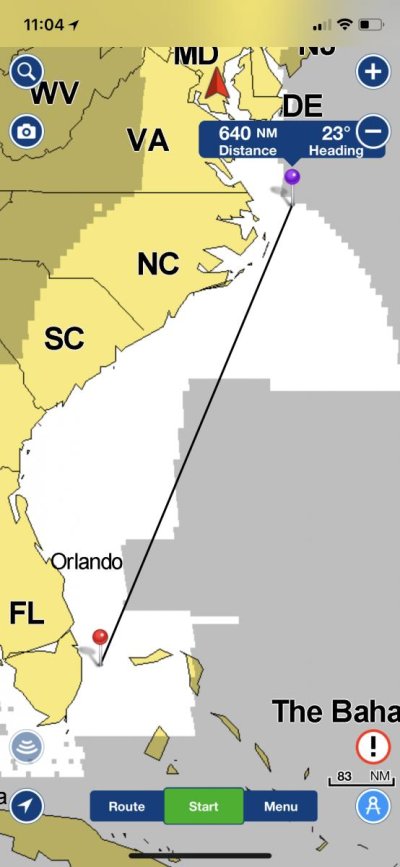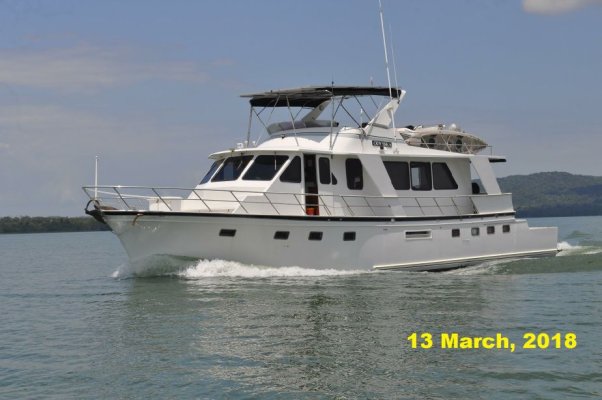SailorBruce
Member
I am currently in the final stages of a long purchase process for a DeFever POC that will primarily be used for costal cruising and as a second home near work. If the survey goes as I anticipate, (the buy inspection was very positive) I will very soon find myself needing to move the vessel to her new home, about 650 miles away.
The question I have is this. Were the late-80s DeFever POCs designed or ever intended for open-ocean passages? I come from an offshore sailing background and have done numerous passages in and around the Atlantic. I have raced to Bermuda, delivered sailboats from the Caribbean, and moved up and through the Gulf Stream many times. I also have reliable and dedicated crew that have done most of these adventures with me. I am extremely confident in the experience level I can bring to the delivery, but I'm curious if a straight shot from south Florida to Norfolk is within the original design brief of the POC.
Do people commonly "ditch the ditch" and hitch the Gulf Stream when headed north?
The question I have is this. Were the late-80s DeFever POCs designed or ever intended for open-ocean passages? I come from an offshore sailing background and have done numerous passages in and around the Atlantic. I have raced to Bermuda, delivered sailboats from the Caribbean, and moved up and through the Gulf Stream many times. I also have reliable and dedicated crew that have done most of these adventures with me. I am extremely confident in the experience level I can bring to the delivery, but I'm curious if a straight shot from south Florida to Norfolk is within the original design brief of the POC.
Do people commonly "ditch the ditch" and hitch the Gulf Stream when headed north?



